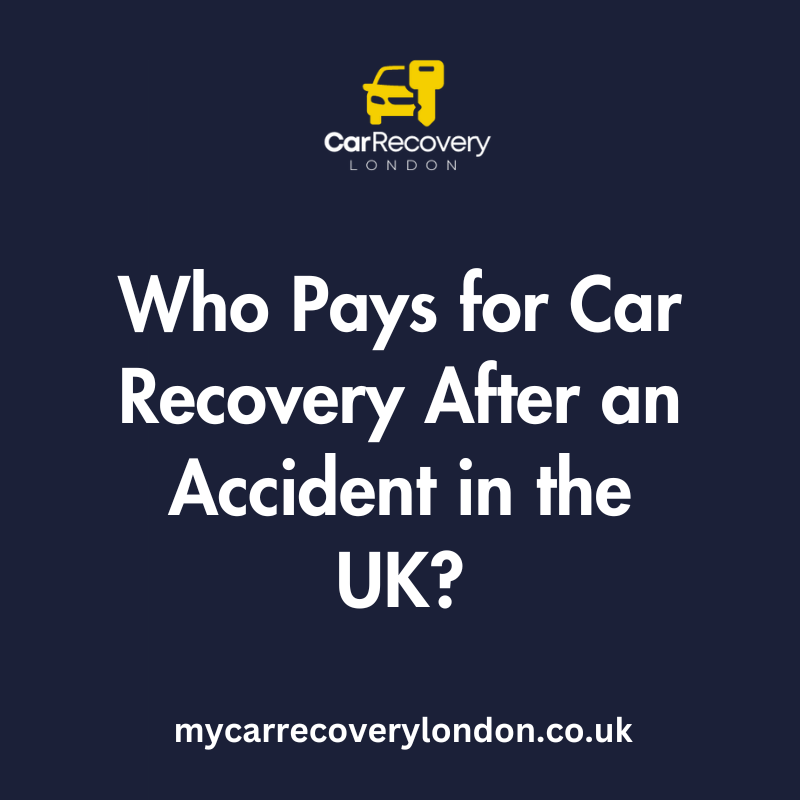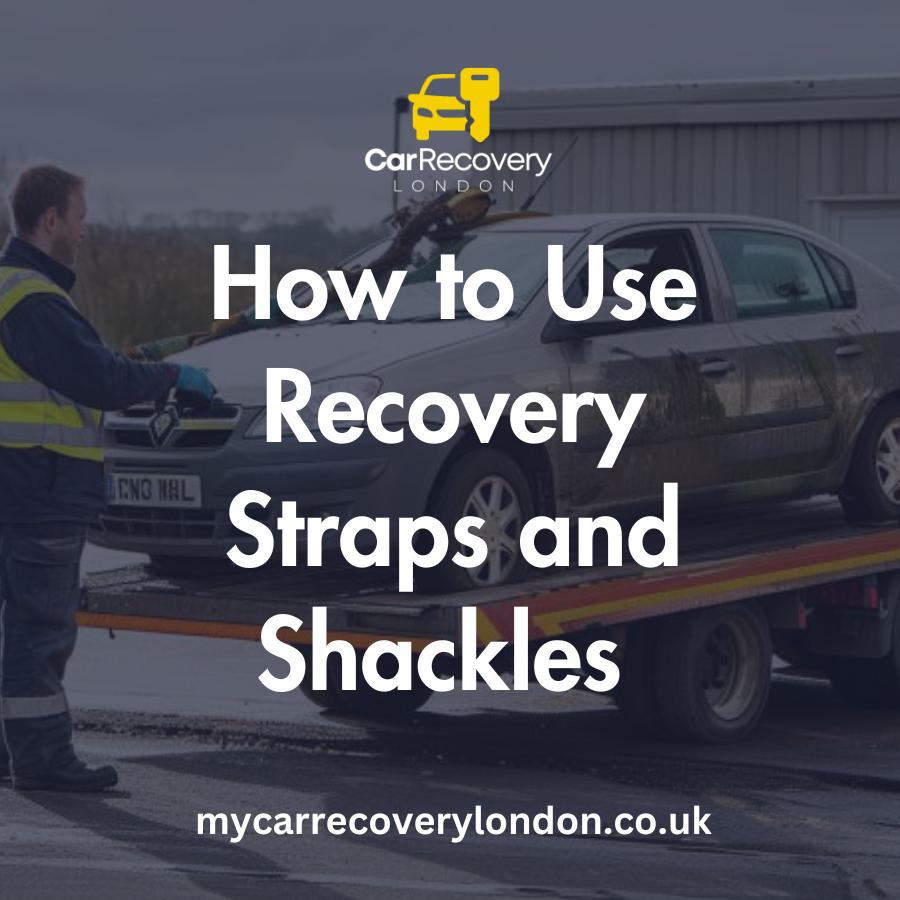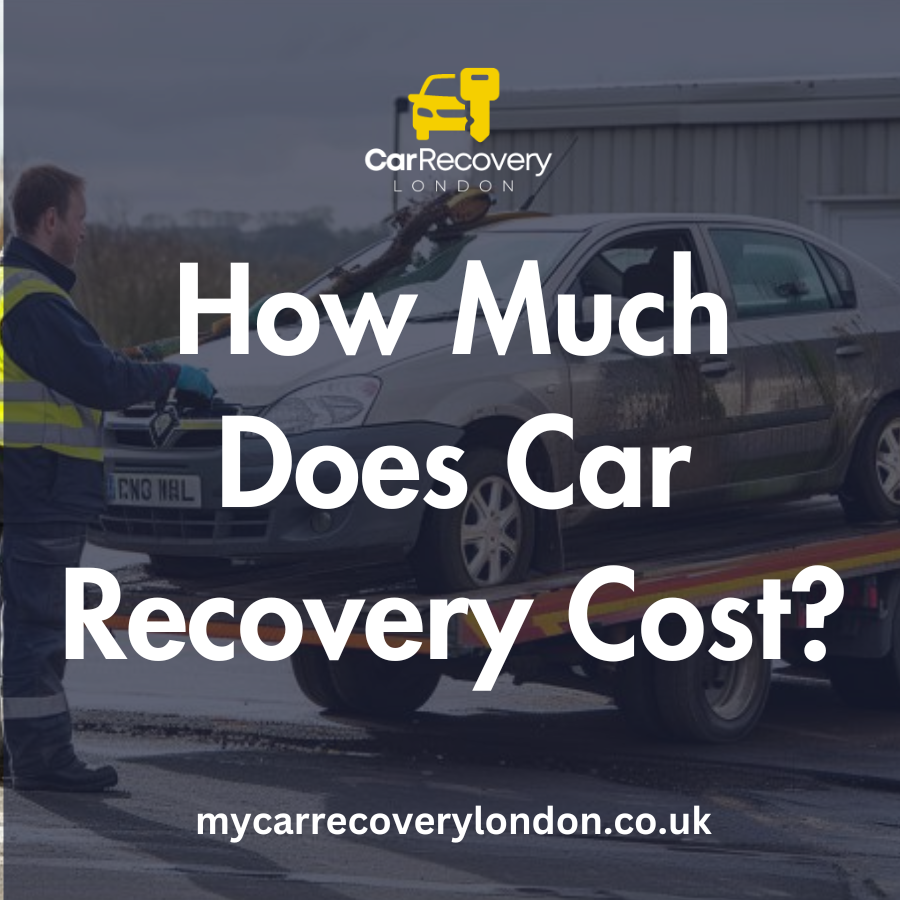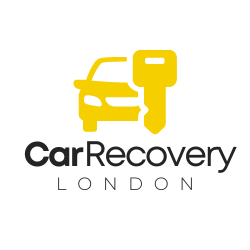How to Avoid Common Causes of Car Breakdowns
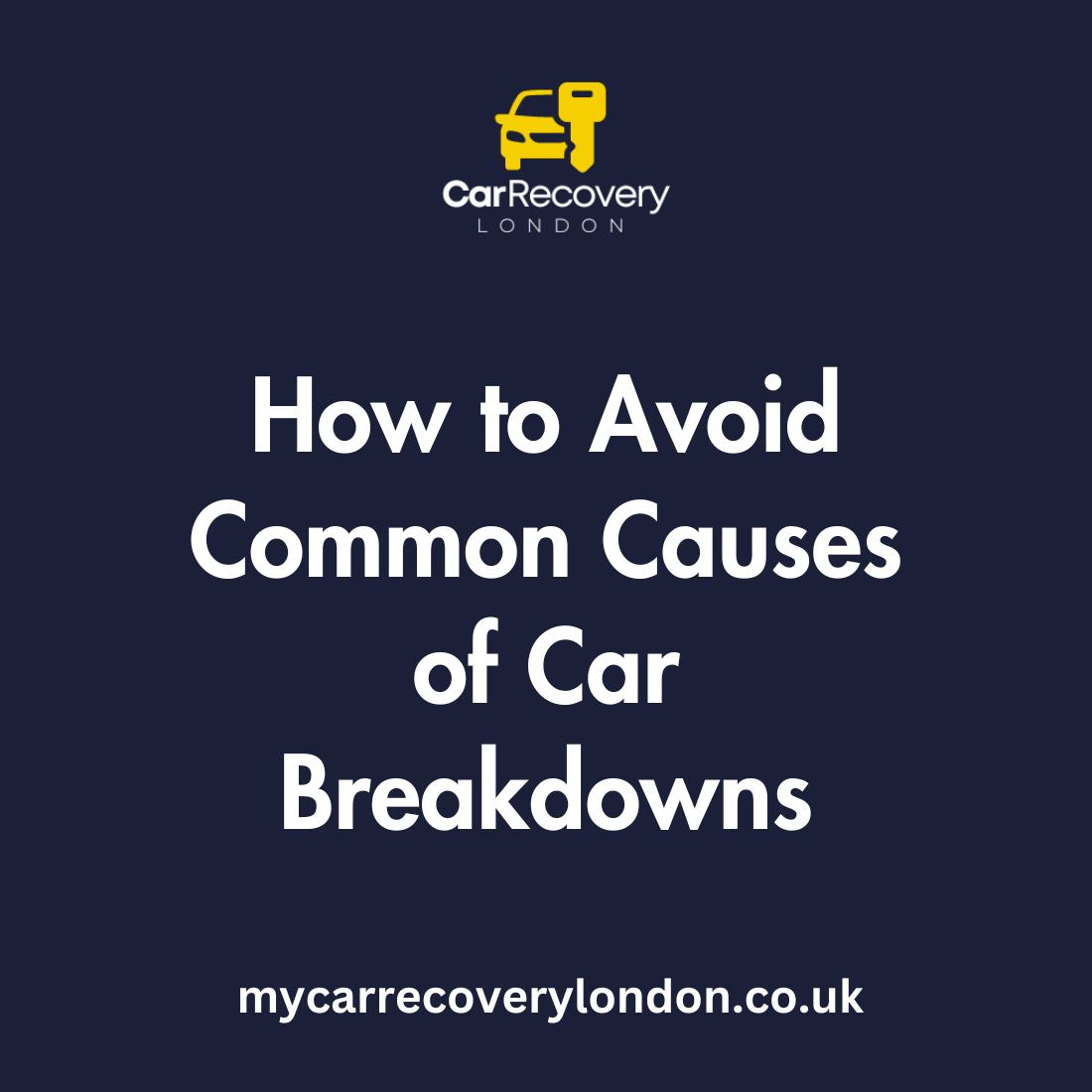
How to Avoid Common Causes of Car Breakdowns
At My Car Recovery London , we understand the frustration and inconvenience that comes with a car breakdown, especially in a busy city like London. As a leading car recovery service provider, we've encountered a wide range of issues that can leave drivers stranded on the side of the road. In this comprehensive guide, we'll explore the most common causes of car breakdowns and provide expert tips on how to prevent them, ensuring you stay safe and mobile on London's roads.
Understanding the Most Common Causes of Car Breakdowns
From flat batteries to tyre damage, there are numerous reasons why your car may suddenly come to a halt. By familiarising yourself with the most frequent culprits behind car breakdowns, you can take proactive steps to minimise the risk of finding yourself in a stressful and potentially dangerous situation. Our experienced team at My Car Recovery London has compiled a list of the top causes of car breakdowns, along with practical advice on how to avoid them and what to do if you find yourself stranded.
1. Flat or Faulty Battery
A flat or faulty battery is one of the most common reasons for car breakdowns, especially during the colder months. To keep your battery in optimal condition, regularly check its charge level and ensure the terminals are clean and free from corrosion. If you frequently take short journeys, consider investing in a battery maintainer to keep your battery charged and ready to go. If you suspect your battery is reaching the end of its lifespan, have it tested by a professional and replace it if necessary to avoid unexpected breakdowns.
Signs of a Failing Battery
- Slow engine crank when starting the car
- Dim headlights or interior lights
- Swelling or bloating of the battery case
- Battery age exceeding 3-5 years
Battery Maintenance Tips
- Regularly clean battery terminals to prevent corrosion
- Ensure the battery is securely fastened to prevent vibration damage
- Avoid leaving electrical accessories on when the engine is off
- Invest in a battery maintainer for vehicles that are infrequently used
2. Tyre and Wheel Damage
Tyre and wheel damage can occur suddenly, often due to road debris, potholes, or incorrect tyre pressure. To minimise the risk of tyre-related breakdowns, regularly check your tyre pressure and tread depth, ensuring they meet the manufacturer's recommended levels. If you do experience a puncture or tyre damage, knowing what to do when your car breaks down can help keep you safe while waiting for assistance.
Tyre Maintenance Checklist
- Check tyre pressure at least once a month, including the spare tyre
- Ensure tyre tread depth is above the legal limit of 1.6mm
- Inspect tyres for signs of uneven wear, cuts, or bulges
- Rotate tyres according to the manufacturer's recommendations
- Invest in a tyre repair kit or spare tyre for emergency situations
What to Do in Case of a Tyre-Related Breakdown
- Pull over to a safe location, away from traffic
- Turn on your hazard lights to alert other drivers
- Assess the damage and determine if a tyre change is possible
- If unsure or unable to change the tyre safely, call for professional assistance, such as My Car Recovery London
3. Alternator and Electrical System Faults
Alternator and electrical system faults can cause a range of issues, from a dead battery to malfunctioning accessories. Signs of a failing alternator include dimming headlights, a weak battery, or unusual noises coming from the engine compartment. To prevent alternator-related breakdowns, have your vehicle's electrical system inspected during regular service appointments and address any issues promptly.
Symptoms of a Failing Alternator
- Battery warning light illuminated on the dashboard
- Dimming or flickering headlights and interior lights
- Unusual squealing or grinding noises from the engine compartment
- Electrical accessories malfunctioning or failing to operate
Electrical System Maintenance Tips
- Have your alternator and battery tested during regular service appointments
- Ensure all electrical connections are clean and secure
- Avoid overloading your vehicle's electrical system with aftermarket accessories
- Address any warning lights or electrical issues promptly to prevent further damage
4. Engine Overheating
Engine overheating can occur due to various factors, such as low coolant levels, a malfunctioning thermostat, or a damaged water pump. To prevent overheating, regularly check your coolant levels and top up as needed. If you notice your engine temperature gauge rising or see steam coming from the bonnet, pull over safely and call for professional assistance to avoid further damage to your engine.
Causes of Engine Overheating
- Low coolant levels due to leaks or evaporation
- Malfunctioning thermostat preventing proper coolant circulation
- Damaged water pump failing to circulate coolant effectively
- Blocked or damaged radiator restricting coolant flow
Preventing Engine Overheating
- Regularly check and maintain coolant levels
- Have your cooling system inspected during routine service appointments
- Replace the thermostat and water pump according to the manufacturer's recommendations
- Keep the radiator clean and free from debris to ensure optimal heat dissipation
5. Misfuelling and Fuel System Issues
Misfuelling, or putting the wrong type of fuel in your car, can cause significant damage to your vehicle's engine and fuel system. If you accidentally misfuel your car, do not start the engine. Instead, call for professional assistance to drain the incorrect fuel and flush the system. Fuel system issues, such as clogged fuel filters or faulty fuel pumps, can also lead to breakdowns. Regular maintenance and prompt attention to any fuel system warning lights can help prevent these issues.
Steps to Take if You Misfuel Your Car
- Do not start the engine
- Inform the petrol station staff and call for professional assistance
- Have the incorrect fuel drained and the system flushed by a qualified technician
- Seek advice from a mechanic to assess any potential damage to the engine or fuel system
Fuel System Maintenance Tips
- Replace fuel filters according to the manufacturer's recommendations
- Use high-quality fuel from reputable petrol stations
- Address any fuel system warning lights promptly
- Have your fuel system inspected during regular service appointments
In the event of a breakdown, knowing who pays for car recovery after an accident in the UK is essential. My Car Recovery London offers comprehensive recovery services, including towing automatic cars and providing car recovery straps and shackles for safe transportation.
We understand that breakdowns can be stressful and costly, which is why we strive to provide transparent and affordable pricing. If you're wondering " how much does car recovery cost ," we encourage you to contact our friendly team at My Car Recovery London for a personalised quote.
By following these tips and staying vigilant for potential issues, you can reduce the risk of experiencing a breakdown on London's roads. However, if you do find yourself in need of car recovery services, remember that My Car Recovery London is here to help. With our 24/7 service and experienced team, we'll have you back on the road as quickly and safely as possible.
The body content of your post goes here. To edit this text, click on it and delete this default text and start typing your own or paste your own from a different source.

